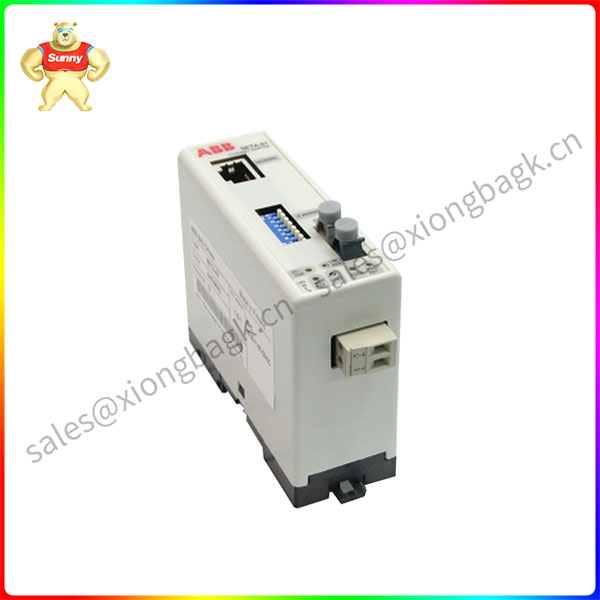Here, located in the shallow sea area of the continental shelf, is not only a good place for the growth and development of Marine plants and Marine animals, but also contains rich oil resources, which is an important oil exploitation base in China. A well-known domestic offshore oil and gas production operator has built a large number of oil extraction platforms here to complete the daily exploration, development and production of oil and gas.
Offshore oil production platform is an important place for offshore oil production operations, in addition to oil production, oil storage and provide workers with living places and other functions. In recent years, with the continuous breakthrough and application of new generation information technology such as big data and artificial intelligence, offshore oil extraction platforms are also developing in the direction of unattended. The oil company hopes to achieve real-time monitoring and remote control management of the entire production process by production personnel under unmanned conditions through intelligent upgrading of existing facilities, improve oil and gas production efficiency, and achieve cost reduction and efficiency increase. At the same time, they also want to improve the production efficiency and operational capacity of offshore oil extraction platforms and explore the possibility of sustainable operations in extremely harsh climates.
New offshore oil platforms
Fearless of the storm, unattended
When the typhoon and other offshore storms come, in order to ensure the safety of staff and facilities, the traditional practice of oil companies is to evacuate all the personnel on the platform, all the facilities are closed, and then the operator will land and check after the storm is reopened. This traditional method is safe, but the loss of time and production due to shutdowns cannot be underestimated.

NETA-01
In order to ensure that the offshore oil extraction platform can maintain a good condition under the influence of typhoons, it is necessary to ensure the real-time controllable and reliable operation of power equipment and safety equipment.
Therefore, is it possible that after all the personnel are withdrawn from the typhoon, the operation status of the unit can be adjusted by remote monitoring and operation, so as to achieve the mode that small storms can still be produced?
This is exactly the exploration and demand given by the oil and gas company while developing the future unattended platform.
Leading digital technology and industry experience
Create a new upgrade solution
In response to the customer’s requirements, Sensia provided a new upgrade solution for the oil and gas platform. In the self-controlled remote control center on land, Production personnel can monitor the production of offshore platforms and FPSO (Floating Production Storage and Offloading) in real time through the remote workstation of the central control system of the offshore oil field. This requires the high reliability and availability of the central control system itself. At the same time, due to the adoption of satellite communication between sea and land, the limitation of communication bandwidth puts a higher limit on the data transmission between sea and land. Data is compressed and filtered through the solution of Rockwell Automation Factorytalk Historian. It also synchronizes data transmission between Marine and land Historian, and helps users visualize land production with powerful data acquisition and analysis engine.
In addition to remote transmission after data compression and filtering, Historian also includes the following features:
Scalable real-time process history data analysis
Source-level integration with FactoryTalk and Integration architecture enables better and faster data capture from machines and devices at the factory floor
Automatic find and automatic configuration helps reduce deployment time and total cost of ownership
Stable, reliable data acquisition applications
Powerful archiving technology ensures long-term data storage and fast and efficient data retrieval
Full support for redundancy and high availability to ensure minimal data loss and uninterrupted data access
Powerful advanced server options (data access via standard interfaces, namely OPC/OLEDB/JDBC and Web services), advanced compute engine, and notification server
 中文版
中文版




